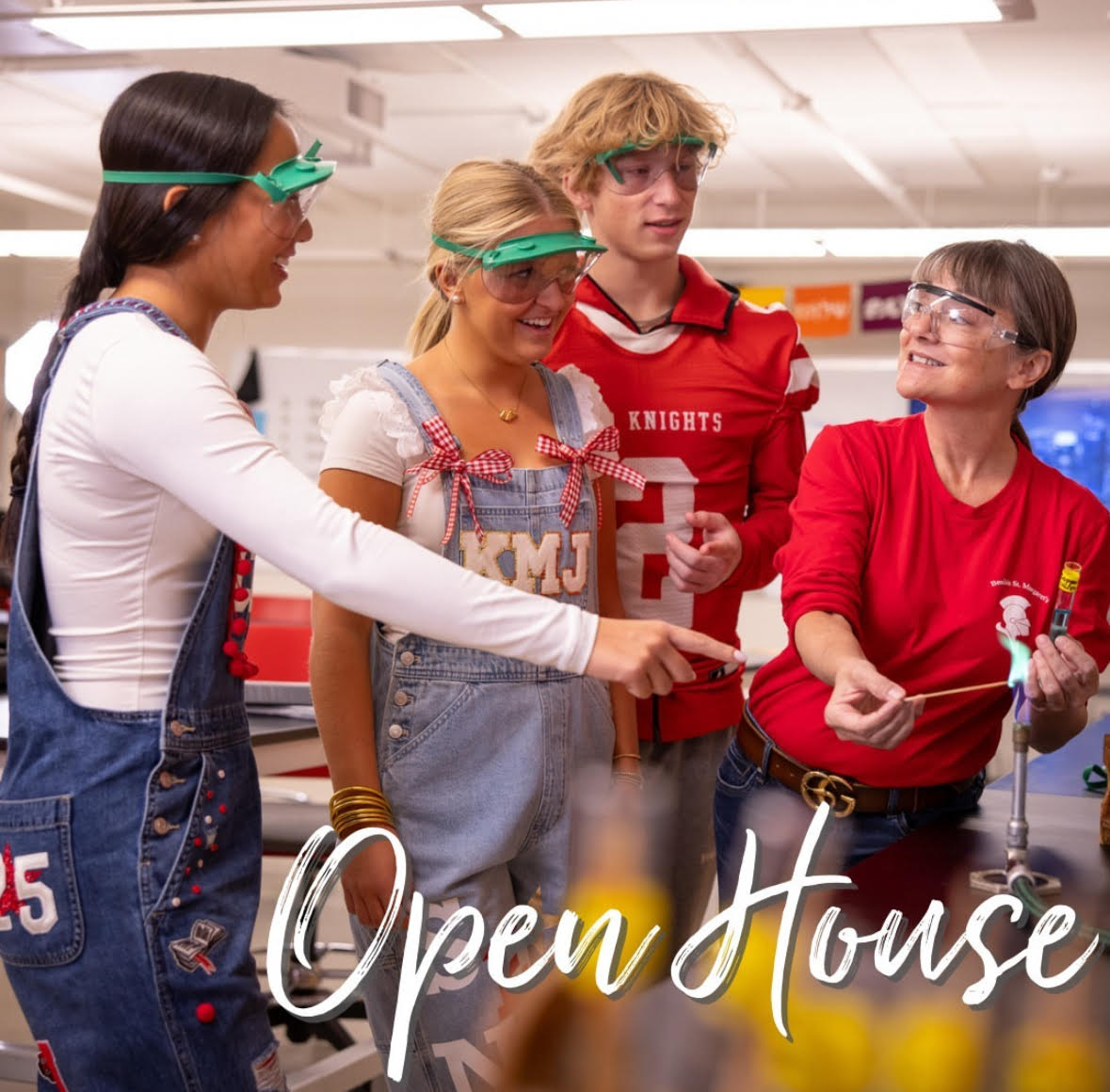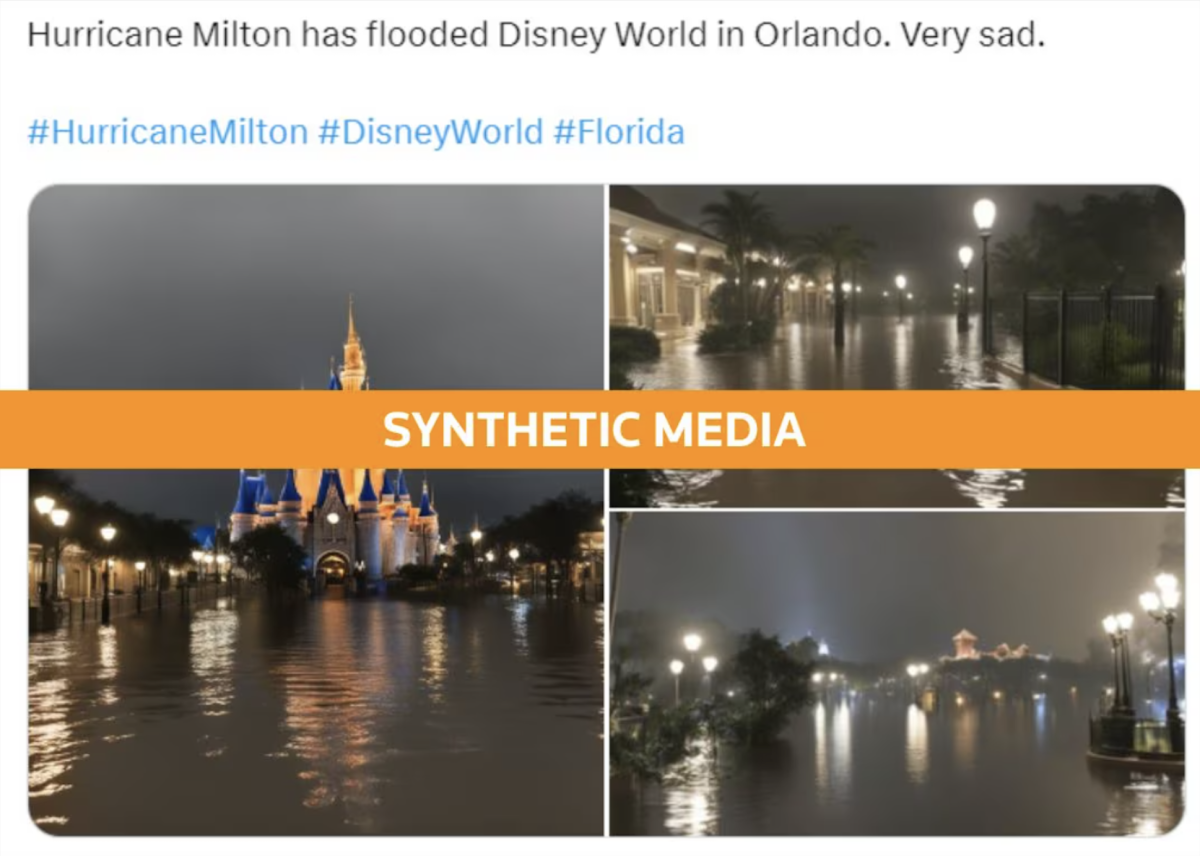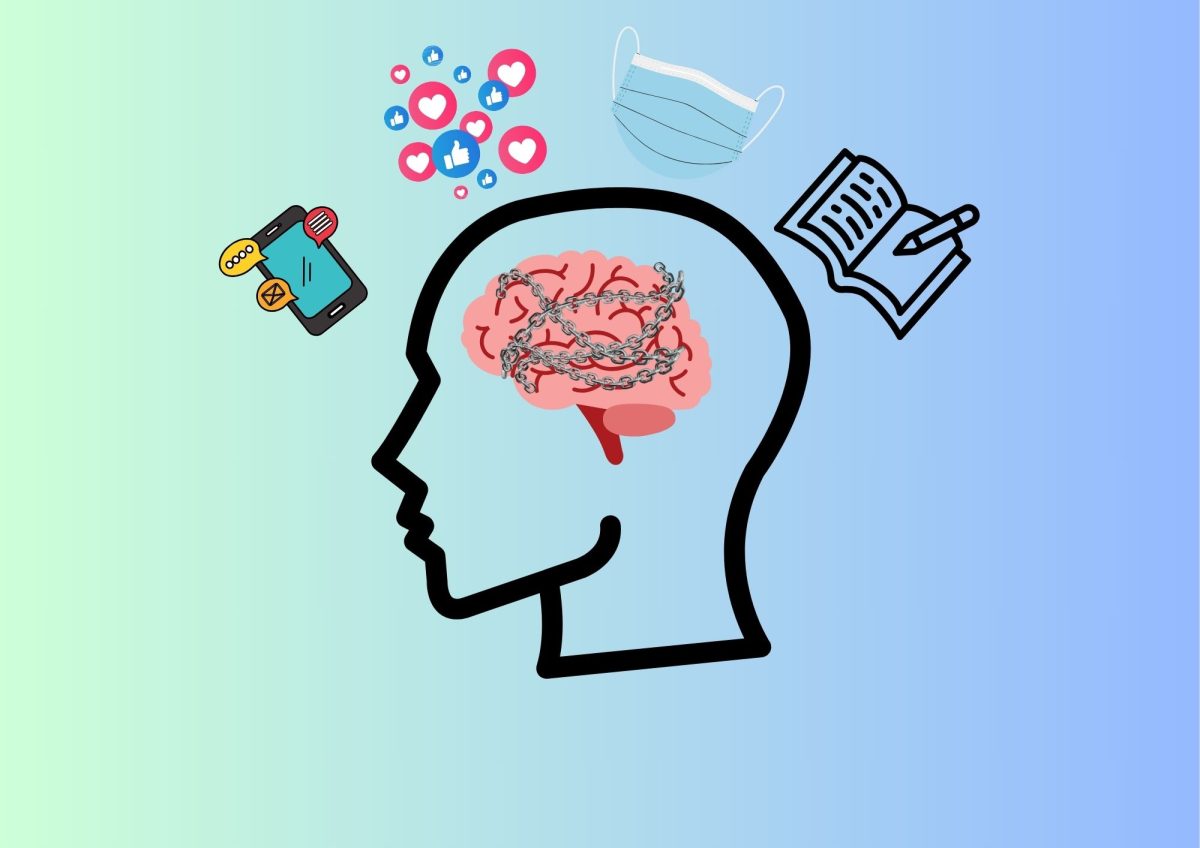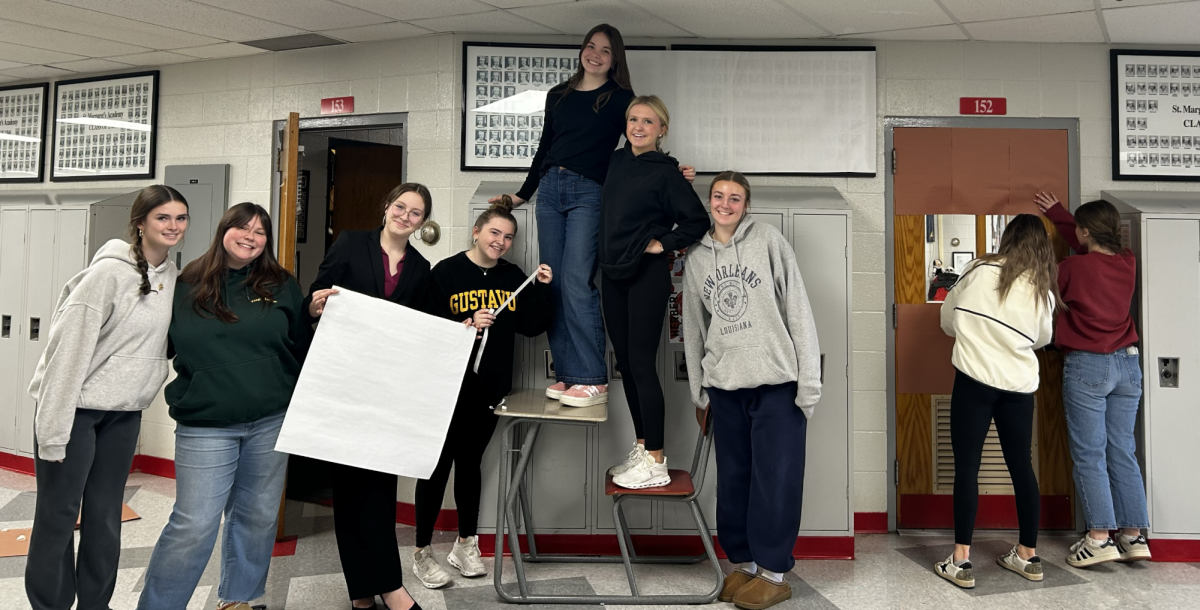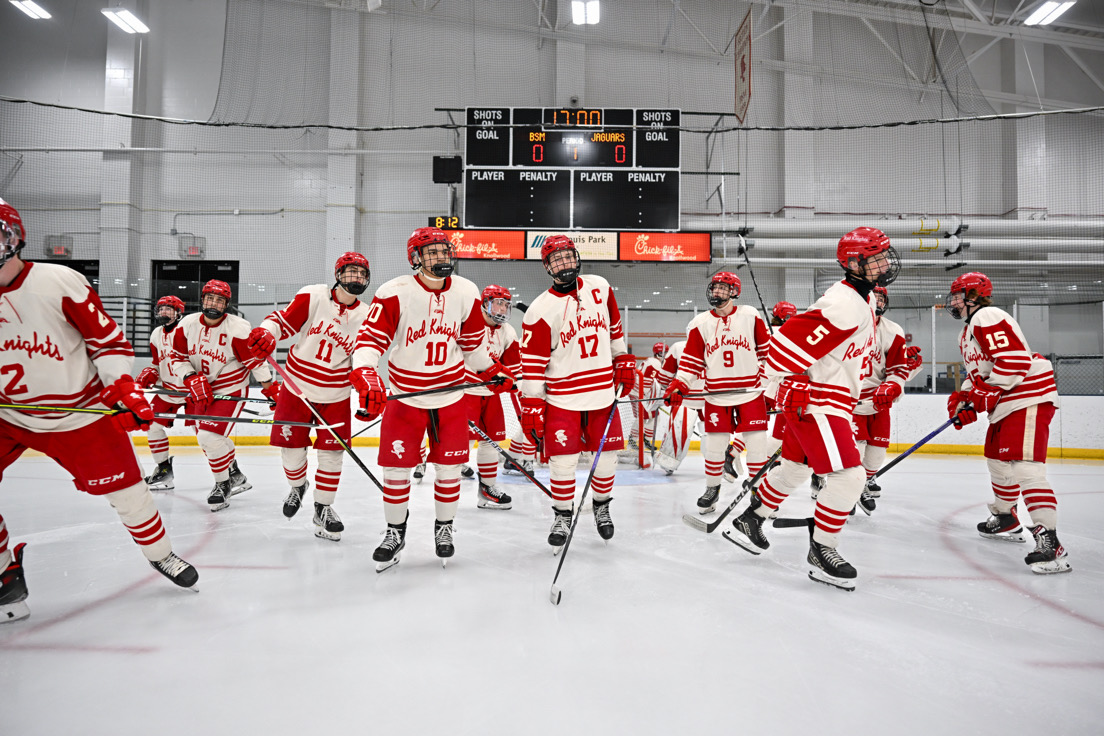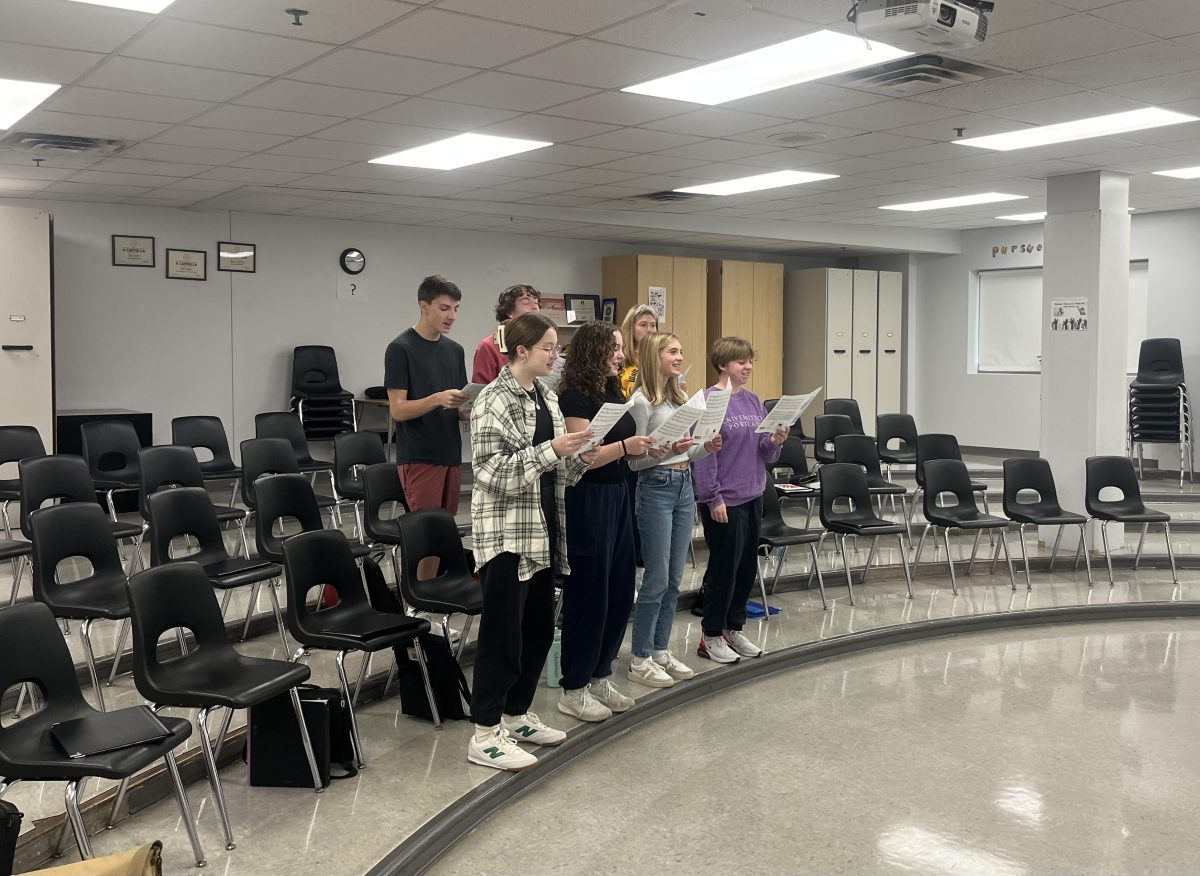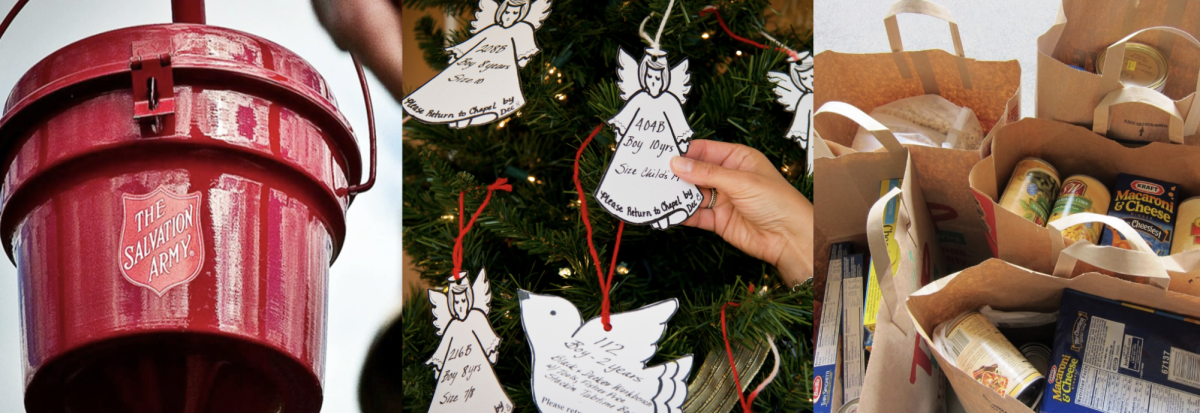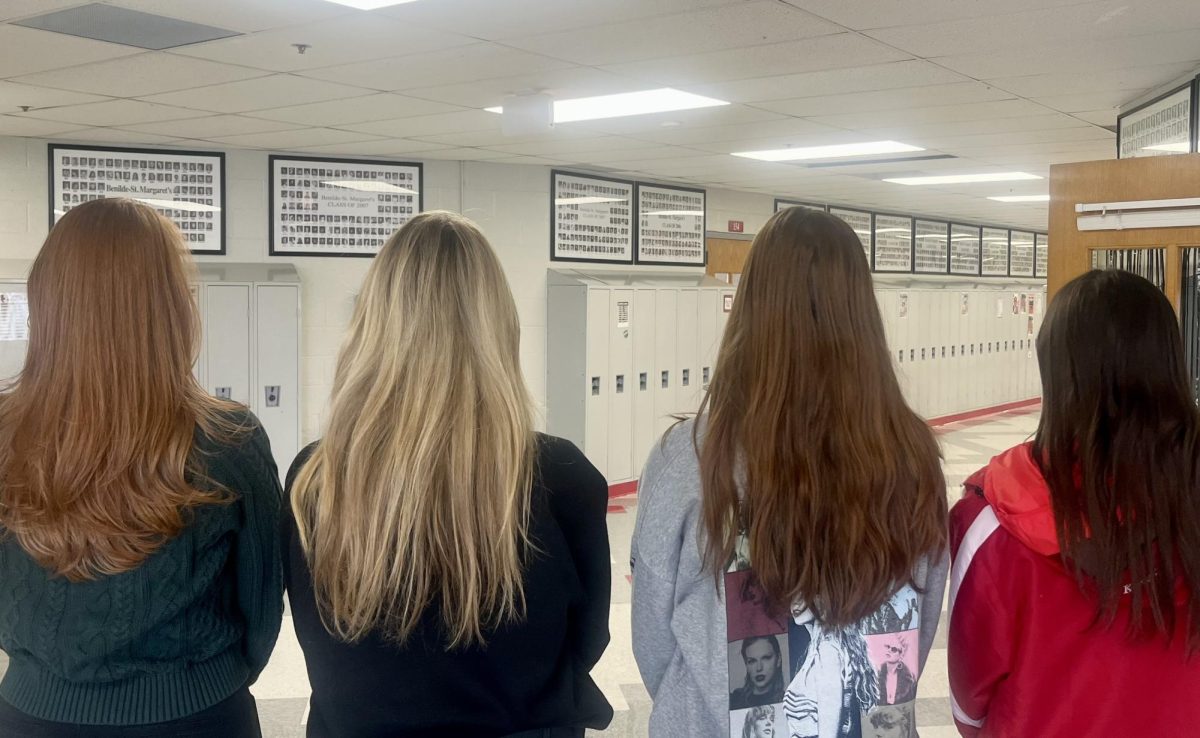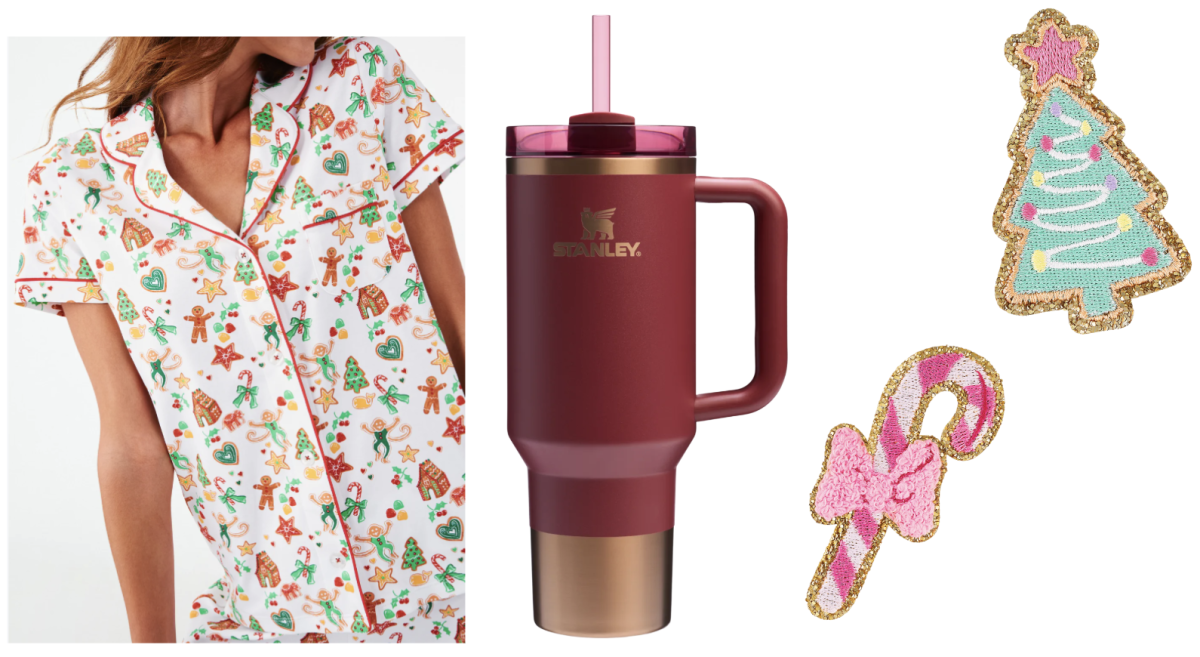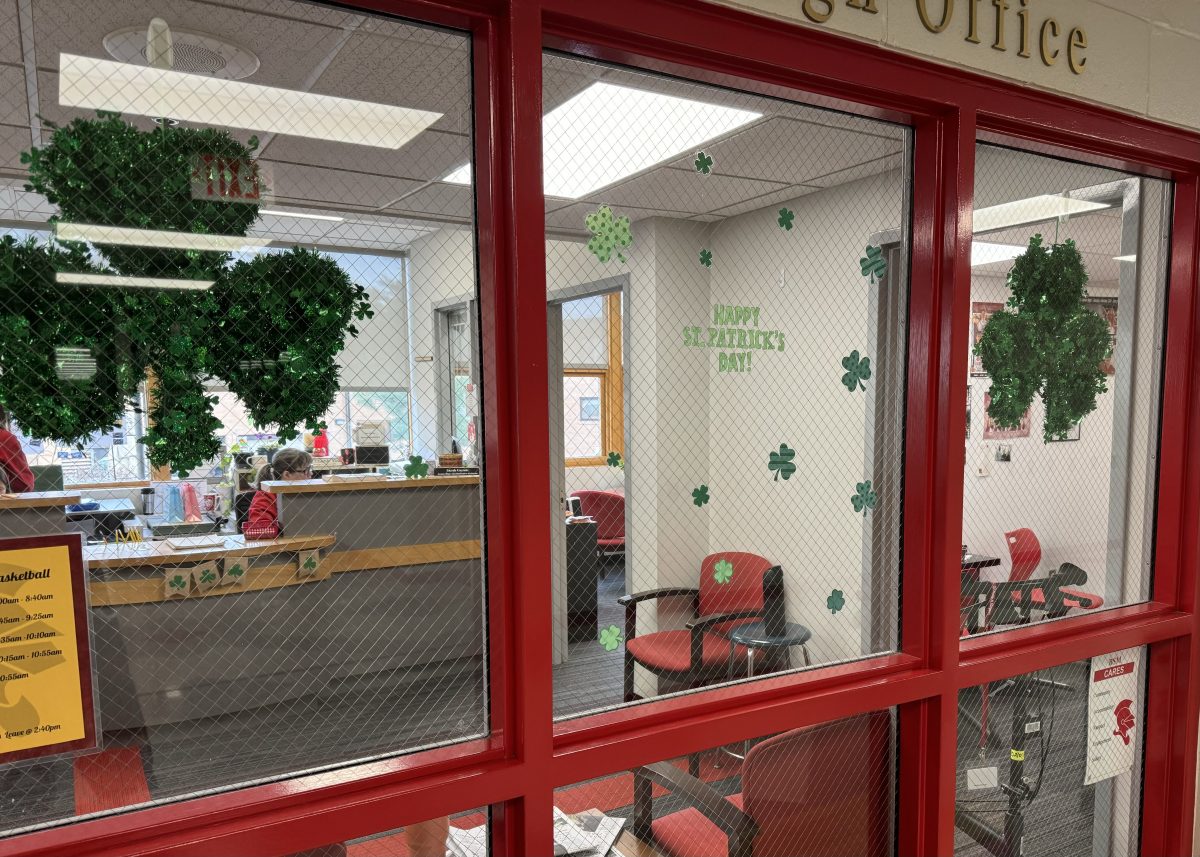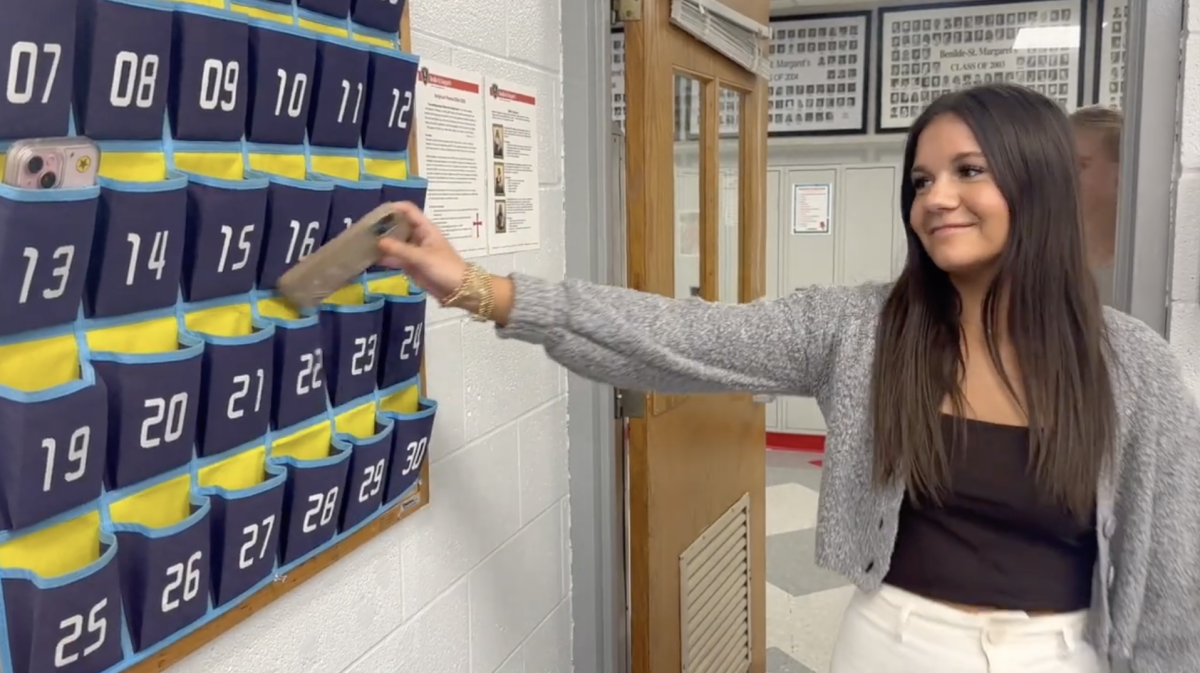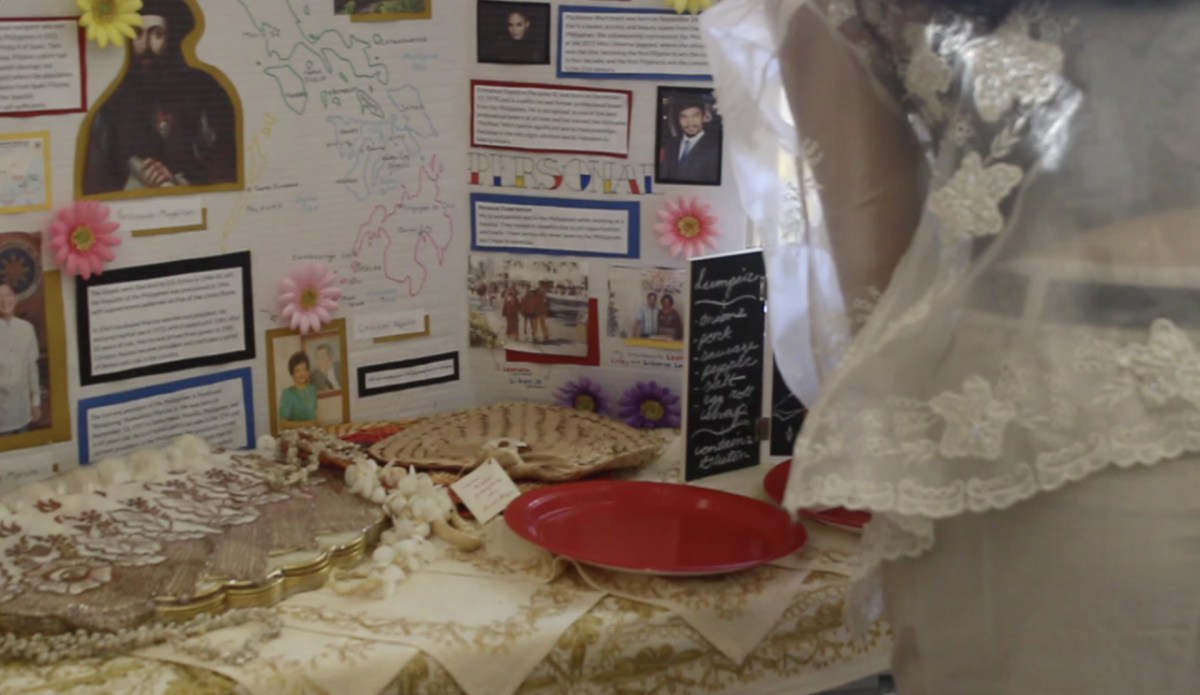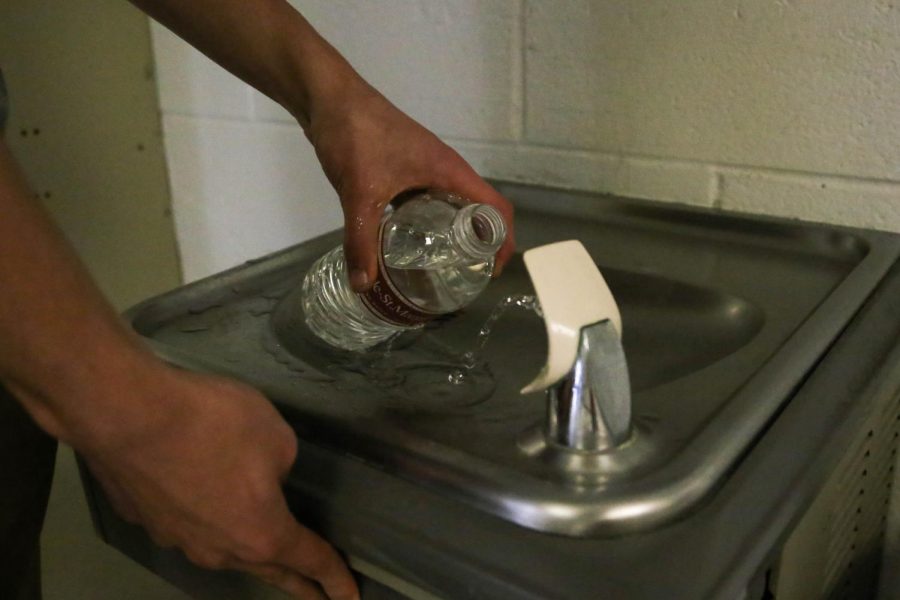Chemistry students test BSM water sources
Chemistry students were tasked with testing the water from different water fountains all around BSM. This project taught students both chemistry and international water issues.
This May, chemistry students were challenged to test drinkable water sources around BSM and report their findings to the school community to determine which water source should be used to refill reusable water bottles.
Chemistry teachers Ms. Jennifer Roushar, Ms. Lisa Bargas, and Ms. Abbi Baker assigned a project to their students with the objective of testing water around BSM and measuring the concentrations of harmful molecules and compounds in the drinking water. Their goal is to find out which drinking fountain people should use to refill reusable water bottles. Students formed groups and had requirement of testing three drinking fountains and creating a presentation for their project. “It started out as a project aimed at reducing plastics in the ocean and the effects of it in the ecosystem, and our classes decided the best solution was to use reusable water bottles. To take it a step further, [the chemistry teachers] assigned the students to test the the water for high levels of molecules and chemicals such as iron and chlorine,” Baker said.
To incorporate the curriculum into hands-on learning, the project was formulated to portray real world applications to the students. With the Flint Water Crisis in the news in recent years and clean water becoming a crisis in second and third world countries, this project shows students the importance of learning topics such as distillation and safe levels of chemicals in drinking water.
Chemistry students have been testing the drinking fountains around the school for nearly a decade to assess the health and safety standards of the school’s drinking water. The groups were given a handout to outline the procedure and rubric of the project. “We’ve been doing this project for about eight or nine years now and we make slight changes to the project every year,” Roushar said.
The procedure is as follows. Students obtained a control, usually deionized water, to test against to minimize confounding variables in the experiment. Next, the groups obtained their sample during the allotted class time, and performed a distillation process to test parts per million (ppm) of harmful traits, molecules, and chemicals such as Ph, chlorine, Hardness (amount of dissolved calcium and magnesium in water), iron, and chromium. “Literally no fountains had iron in them,” junior Ava Schieffert said.
The students then reported their findings through a presentation with the requirements of having both an audio and visual aid. Students were given numerous options to complete the requirements such as social media, newspaper, magazine article, infographic, common basket campaign, movie, or PSA.
The majority of groups came to the same conclusion. “Everyone pretty much got the same answer. The Chapel Hallway or the Haben Center water fountains were the best because they had the coldest water, the worst [drinking fountain] was the North Building,” Schieffert said.


